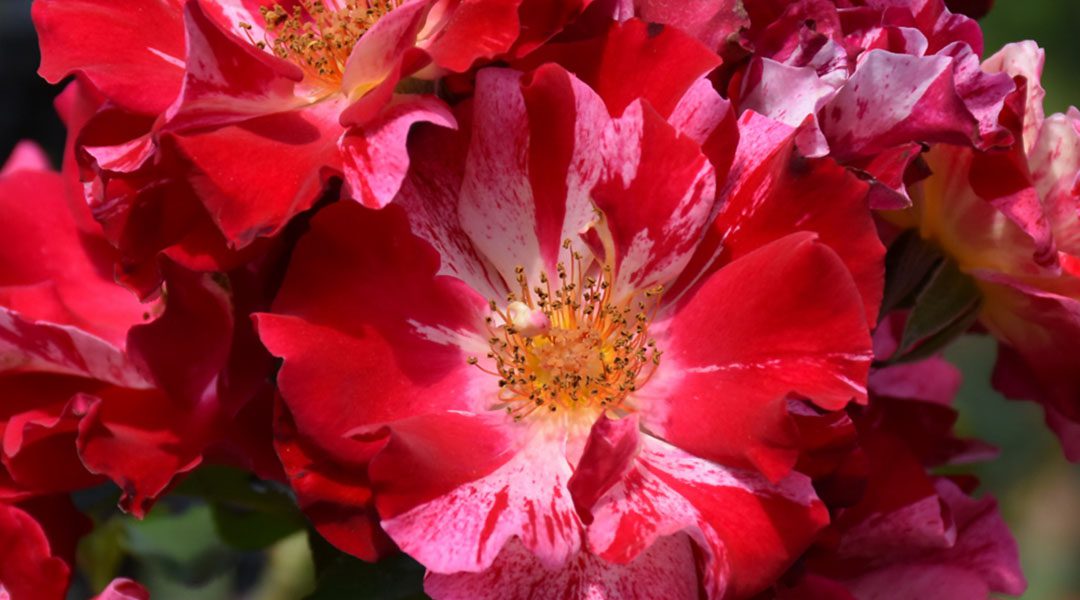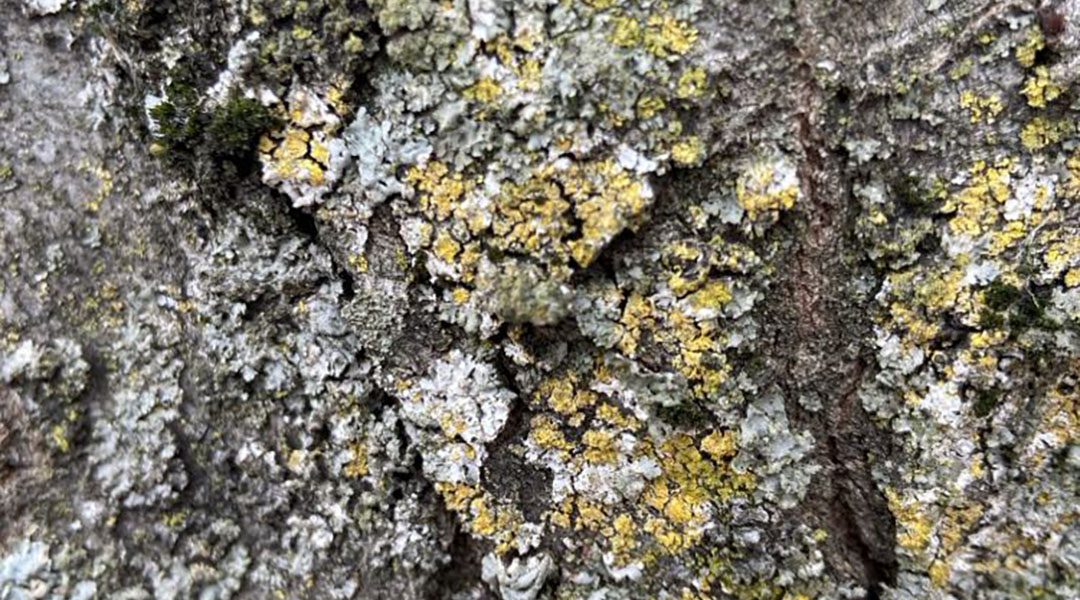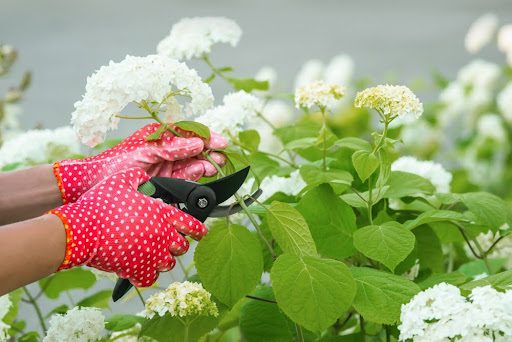When it comes to adding romance, drama, and vertical beauty to a garden, climbing roses are a timeless choice. With their arching canes and generous blooms, they bring old-world charm to fences,...

$7.99
Sansevieria Plant – Timeless Elegance and Unmatched Durability
The Sansevieria Plant, also known as the Snake Plant or Mother-in-Law’s Tongue, is a classic houseplant admired for its sleek, upright leaves and exceptional resilience. With its bold, architectural form and striking variegation, this plant adds a modern, sophisticated touch to any indoor or outdoor space. Known for its ability to thrive on minimal care, the Sansevieria is perfect for busy plant enthusiasts and beginners alike.
The Sansevieria Plant is an iconic choice for anyone seeking a stylish and low-maintenance addition to their space. Its bold appearance, air-purifying qualities, and durability make it a timeless favorite for homes and offices alike.
Visit our Bloomingdale, IL or Carpentersville, IL stores for local pickup!
33 in stock
More for You

When it comes to adding romance, drama, and vertical beauty to a garden, climbing roses are a timeless choice. With their arching canes and generous blooms, they bring old-world charm to fences,...

If you've noticed crusty, leafy, or even beard-like growths on your trees and shrubs, you might have wondered if they’re harmful — perhaps a type of fungus or mold. The good news? These curious...

Hydrangeas are the showstoppers of any garden, with their lush blooms and vibrant colors. However, when it comes to pruning, not all hydrangeas follow the same playbook. Some varieties need a light...